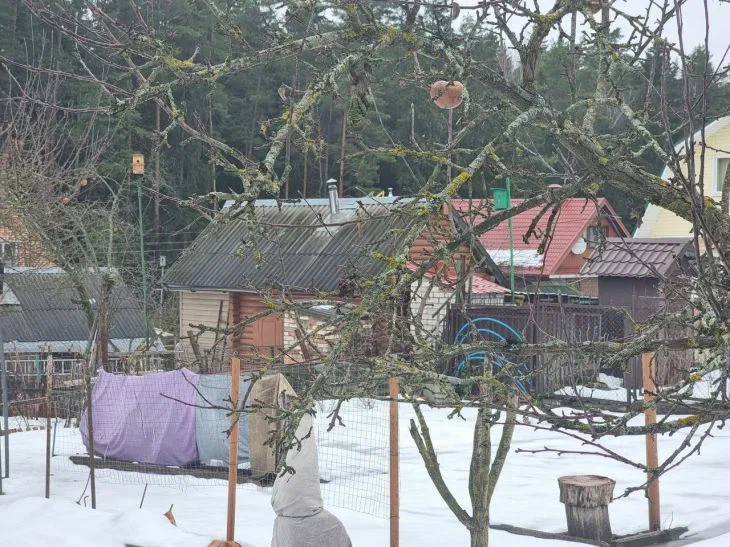Spring is the time when the garden wakes up, and gardeners rush to their plots to do everything: trim, plant, feed.
But it is precisely in this turmoil that many make fatal mistakes that will come back to haunt them throughout the season.
For example, they rush to dig up the beds as soon as the snow melts, and then wonder why the soil has turned to stone. Or they plant seedlings in still-cold soil, condemning them to eternal illness.

And then there are those who ignore weeds, thinking that “they’re small.” Sound familiar? Let’s figure out how to avoid these traps and turn your garden into an oasis, not a battlefield.
The first rule is not to rush with a shovel. After winter, the soil is oversaturated with moisture, and early digging disrupts its structure, destroying the channels created by frost and plant roots.
Instead, wait until the soil warms up and becomes crumbly. Check for readiness in a simple way: squeeze a handful of soil in your hand. If it doesn’t stick together into a lump, but crumbles, it’s time to work.
The second secret is mulch. Do not remove last year's leaves and grass right away: they protect the soil from drying out and sudden temperature changes. Later, when it gets warm, they can be incorporated into the soil as organic fertilizer.
Pruning is another stumbling block. Many people trim bushes and trees "by eye" and then cry because of the lack of flowers or fruits.
Remember: stone fruits (cherry, plum) are pruned before the sap starts to flow, and pome fruits (apple, pear) - even in April. But the main thing is not to turn the tree into a "stick".
Remove only dry, damaged branches and those growing inside the crown. And never cover the cuts with oil paint - it interferes with healing. It is better to use garden varnish or a special paste.
Now about planting. Tomatoes, peppers and eggplants are heat-loving crops that die at temperatures below +5 degrees Celsius. But some plant them in the ground as early as April, hoping for "warm days".
The result is stunted plants and zero harvest. Wait for stable warmth (night temperatures not below 10 degrees Celsius) or use temporary shelters: film, agrofibre, cut plastic bottles.
And don’t forget about hardening off the seedlings: a week before planting, take them outside for a couple of hours, gradually increasing the time.
Weeds are enemy number one. Many people think: "While they are small, let them grow." But in two weeks they will kill the cultivated plants, taking away light, water and nutrition.
It is easier to control them at an early stage. Manual weeding is effective, but labor-intensive.
An alternative is a flat cutter: it cuts weeds at the root without disturbing the soil structure. And to reduce their growth by 70%, sow empty areas with green manure (more on that in the next article).
And the last piece of advice: don't overload yourself. Spring work seems endless, but trying to embrace the immensity leads to burnout.
Make a plan: divide the area into zones and allocate 1-2 days to each. For example, a week for fruit trees, a week for vegetable beds, a week for flower beds.
And don't forget to relax - your garden should bring joy, not become a chore.
